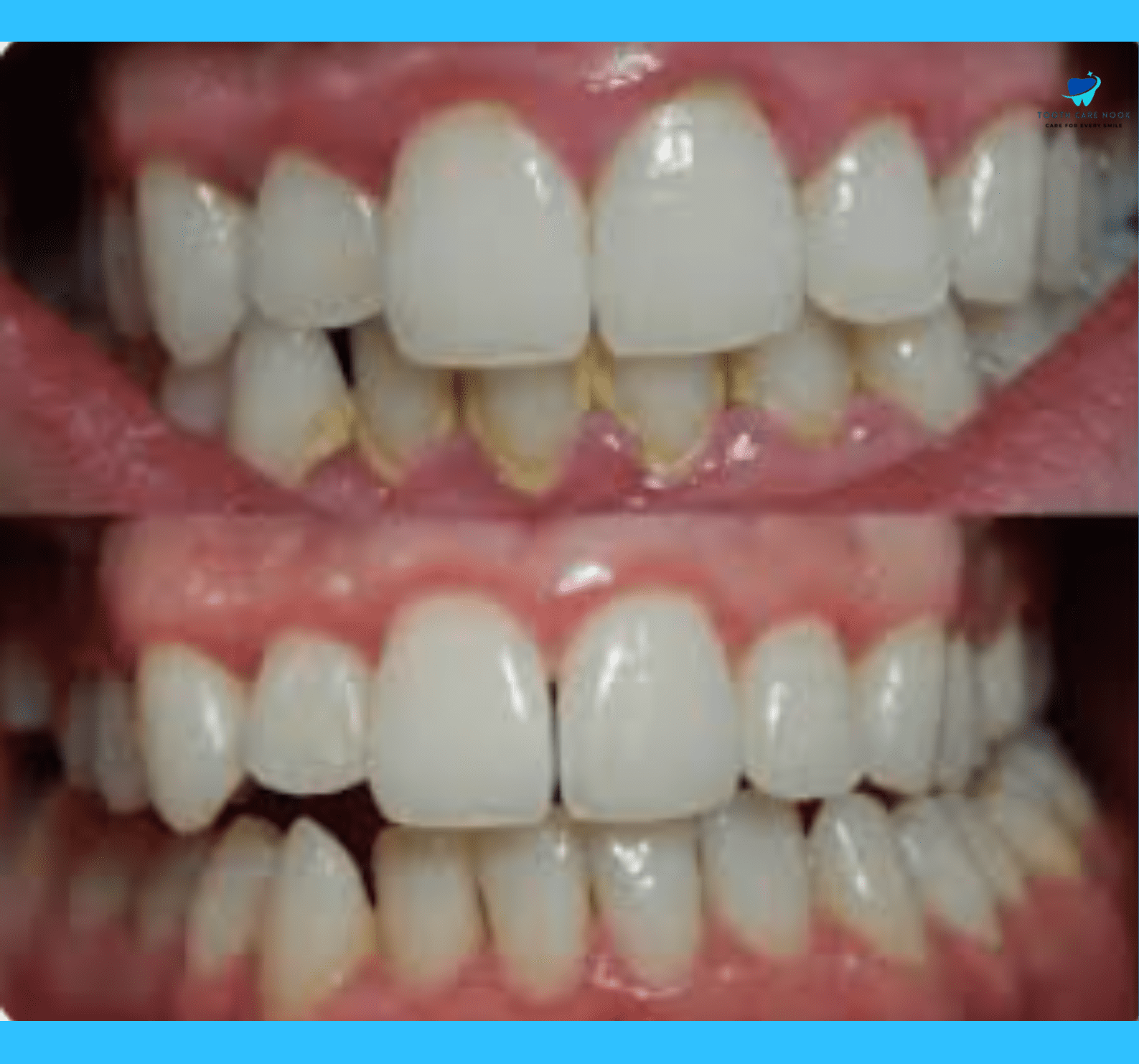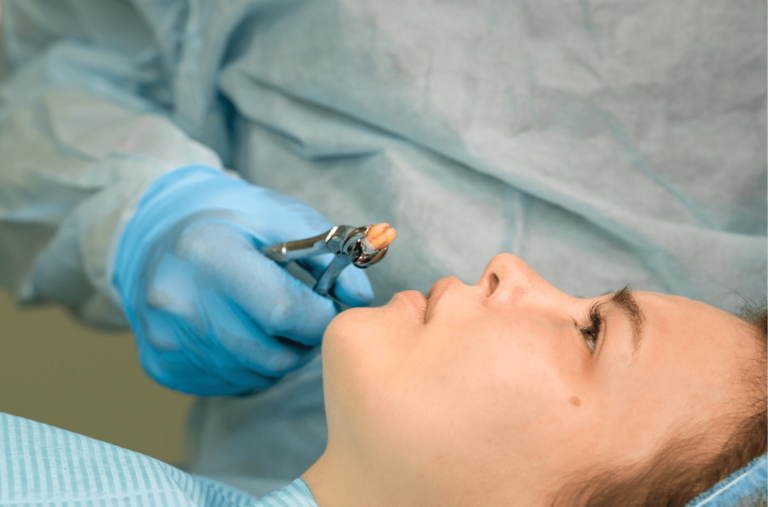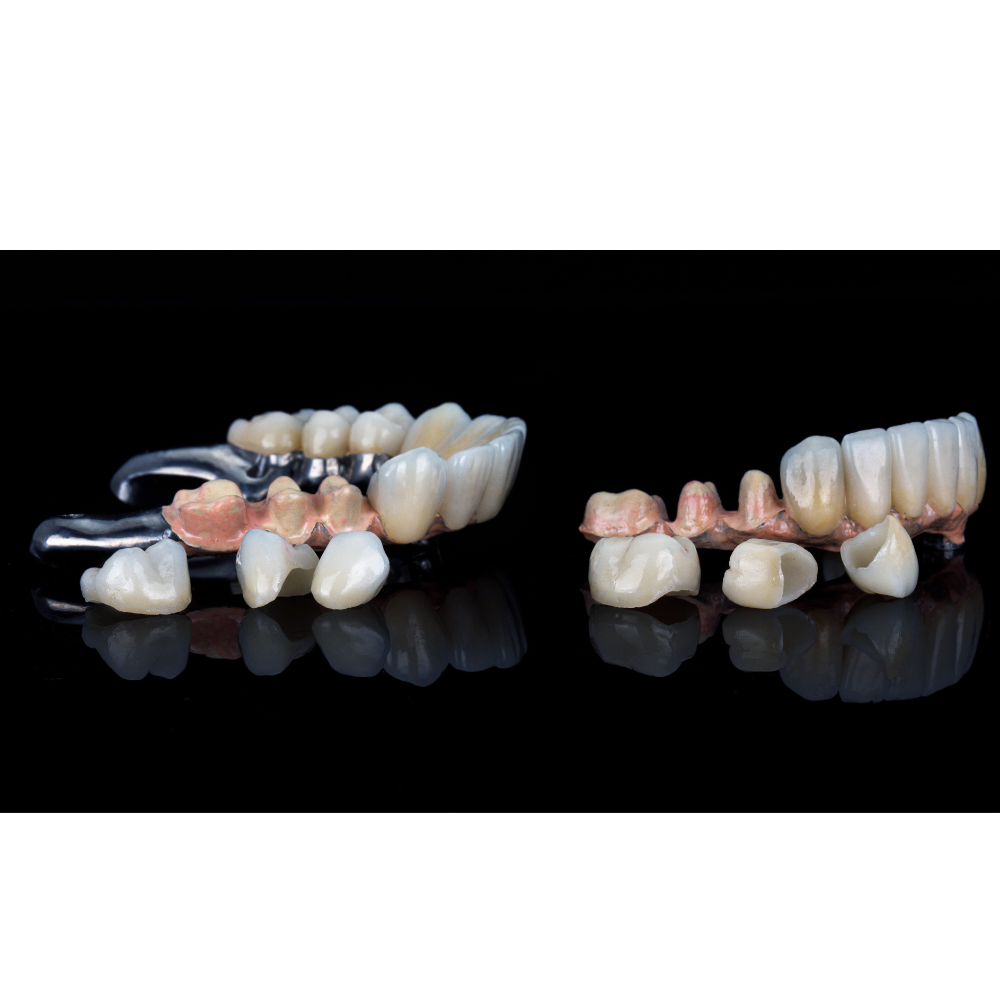Liver Clot After Tooth Extraction | Causes, Treatment And All
Tooth extractions are common, but knowing what might happen afterward is always good. One unusual complication is a liver clot after tooth extraction in the mouth. It is called a “liver clot” because of its look. This article will explain what these clots are, how to deal with them, and how to avoid them in the first place. First up, let’s break down what a liver clot is.
What Is Liver Clot After Tooth Extraction?
A liver clot after tooth extraction is also known as a currant jelly clot due to its appearance. It is a specific type of blood clot that can form in the socket after a tooth extraction. A liver clot is a less organized mass of blood cells.
This disorganization prevents it from effectively sealing the socket and promoting healing. You should know that a liver clot doesn’t signify a liver problem, but rather an issue with the clot itself within the extraction site.
Symptoms Of Liver Clots In The Mouth
Prolonged Bleeding:
Some minor bleeding is expected after a tooth extraction. However, It could be a sign of a dislodged or disrupted clot if you experience persistent or excessive bleeding that worsens after a day or two.
Pain:
The extraction site may become increasingly painful, especially if the clot is dislodged and the underlying bone and nerves are exposed.
Bad Breath:
A foul odor emanating from the extraction site can indicate a developing infection due to a dislodged clot.
Visible Clot:
In some cases, you might be able to see the dark red, jelly-like clot protruding from the extraction socket.
Tooth Extraction Blood Clot Image

When Does Bleeding Stop After Wisdom Teeth Extraction?
Bleeding after wisdom teeth extraction is expected. Here’s how bleeding goes during different intervals.
Initial Bleeding:
You’ll likely experience some bleeding immediately following the extraction, controlled with gauze placed on the socket by your dentist.
After 2-3 Hours:
Ideally, the bleeding should subside significantly within 2-3 hours after the extraction with proper pressure applied to the gauze pad.
First 24 Hours:
Some minor oozing or blood-tinged saliva is common on the first day. You might need to change the gauze pad periodically if the bleeding persists.
1-2 Weeks:
Minor episodes of occasional bleeding may occur for up to 1-2 weeks after the extraction. This is usually minimal and shouldn’t cause alarm.
Causes Of Liver Clots After Wisdom Tooth Removal
The following factors can contribute to the formation of a liver clot after tooth extraction:
Trauma:
The process of extracting a wisdom tooth, especially impacted ones can involve more manipulation and tissue disruption. This increased trauma can disrupt normal blood clot formation which leads to a looser and disorganized clot.
Infection:
Bacteria present in the mouth can sometimes enter the extraction site and contribute to inflammation. This inflammation can interfere with proper clot formation resulting in a liver clot.
Poor oral hygiene:
Not maintaining proper oral hygiene before and after the extraction can increase the bacterial load in the mouth. This raises the risk of infection and potentially impacts clot formation.
Liver Clot Treatment in Mouth
Following is the treatment process to remove liver clots in the mouth:
Diagnosis:
Your dentist will examine the extraction site and ask about your symptoms. They may also take X-rays to rule out other issues.
Clot Removal:
In some cases, your dentist might gently remove the liver clot to allow for proper clot formation.
Debridement:
If an infection is present, your dentist might need to clean and disinfect the socket to remove any bacteria and promote healing.
Medication:
Your dentist might prescribe antibiotics to combat infection or medications to help form a new, proper clot depending on the situation. Pain medication can be prescribed to manage any discomfort associated with the dislodged clot or infection.

Difference Between A Dental Liver Clot and a Normal Blood Clot
| Normal Blood Clot | Liver Clot |
| Seals the extraction socket, stops bleeding, promotes healing | Disorganized mass, hinders healing, and doesn’t effectively stop bleeding |
| A normal blood clot color is reddish-pink and firm | Dark red and jelly-like currant jelly clot |
| Organized network of fibrin and blood cells | Loose, disorganized mass of blood cells |
| Important for the healing process | Detrimental to the healing process |
FAQs
How Can You Prevent Liver Clots After Oral Surgery?
While you can’t eliminate the risk, here are some ways to help prevent liver clots after oral surgery:
- Brush and floss regularly before and after surgery to reduce bacteria in the mouth.
- Follow your dentist’s instructions. This includes applying pressure with gauze pads as directed and avoiding strenuous activity for the recommended period.
- Inform your dentist about any medications you take, especially blood thinners, as they can affect clotting.
Is It Bad To Swallowing Blood After Tooth Extraction?
Swallowing a small amount of blood after a tooth extraction is normal and shouldn’t be a cause for concern. However, excessive bleeding or large clots that you need to spit out are not typical.
Why Is It Called A Liver Clot?
The term liver clot is a misnomer. It doesn’t originate in the liver but rather gets its name from its dark red, jelly-like appearance which resembles currant jelly.
Can Blood Clots Be Removed Without Surgery?
Yes, in some cases liver clots after tooth extraction can be removed without surgery. For liver clots in the mouth, your dentist might gently remove them with sterile instruments to allow for proper clot formation. However, the removal method depends on the specific situation.



